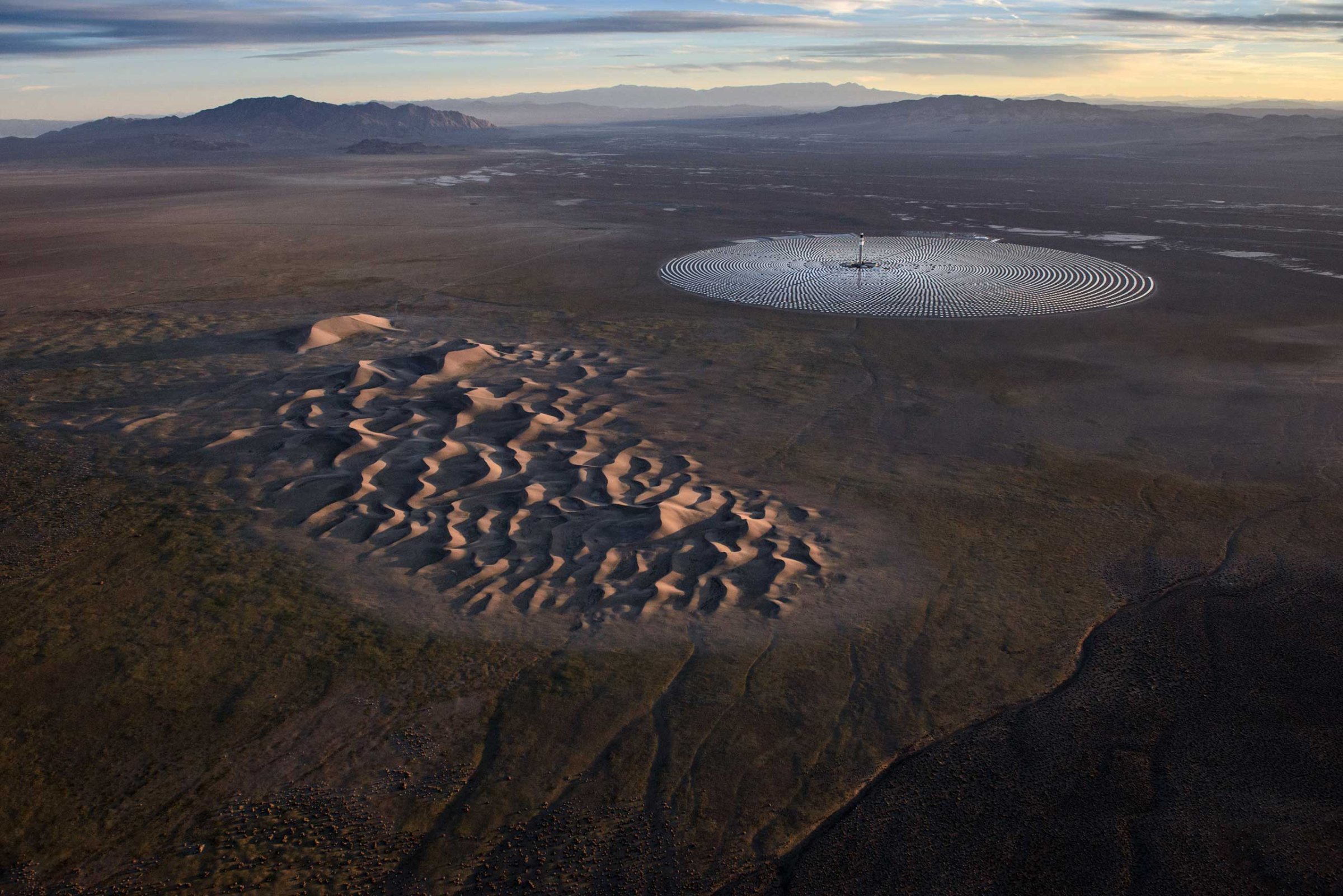
The Desert Sunlight Solar Farm in California’s Mojave Desert is the world’s largest solar plant with eight million panels producing 550 megawatts of power — or enough to supply 160,000 homes.
For the latest issue of TIME, we commissioned Jamey Stillings to photograph the plant. “I’ve had a long-term interest in the intersection of nature and human activity,” he says. “How we connect to nature; how we decide to use and modify nature for what we want to do.”
A little over four years ago, Stillings decided to marry that photographic interest with an environmental perspective, looking at the development of our species and society as we slowly move away from fossil fuels. “From a historic standpoint in the United States, we remember building the Hoover Dam, we remember building the Empire State Building. The photographs of that become our visual memories; they become part of our collective consciousness.”
With his photographs of renewable energy plant sites, Stillings is looking toward the future. “I’m interested in being involved both with the contemporary conversation and also acknowledging the fact that, not too far down the road, we’re going to start having a historical perspective on them. They will mean something different to us 10 years from now, 50 years from now and 100 years from now.”
And while Stillings wants to keep his focus on renewable energies — to produce a global study of their development — he’s considering documenting fossil fuel as well. “I want to create a visual counterpoint,” he says, “to show, for example, the differences in the environmental impact of five sq. mi. of solar panels and that of five sq. mi. of coal mining.”
Jamey Stillings is a photographer based in Santa Fe, N.M. His monograph The Evolution of Ivanpah Solar will be published by Steidl in 2015.
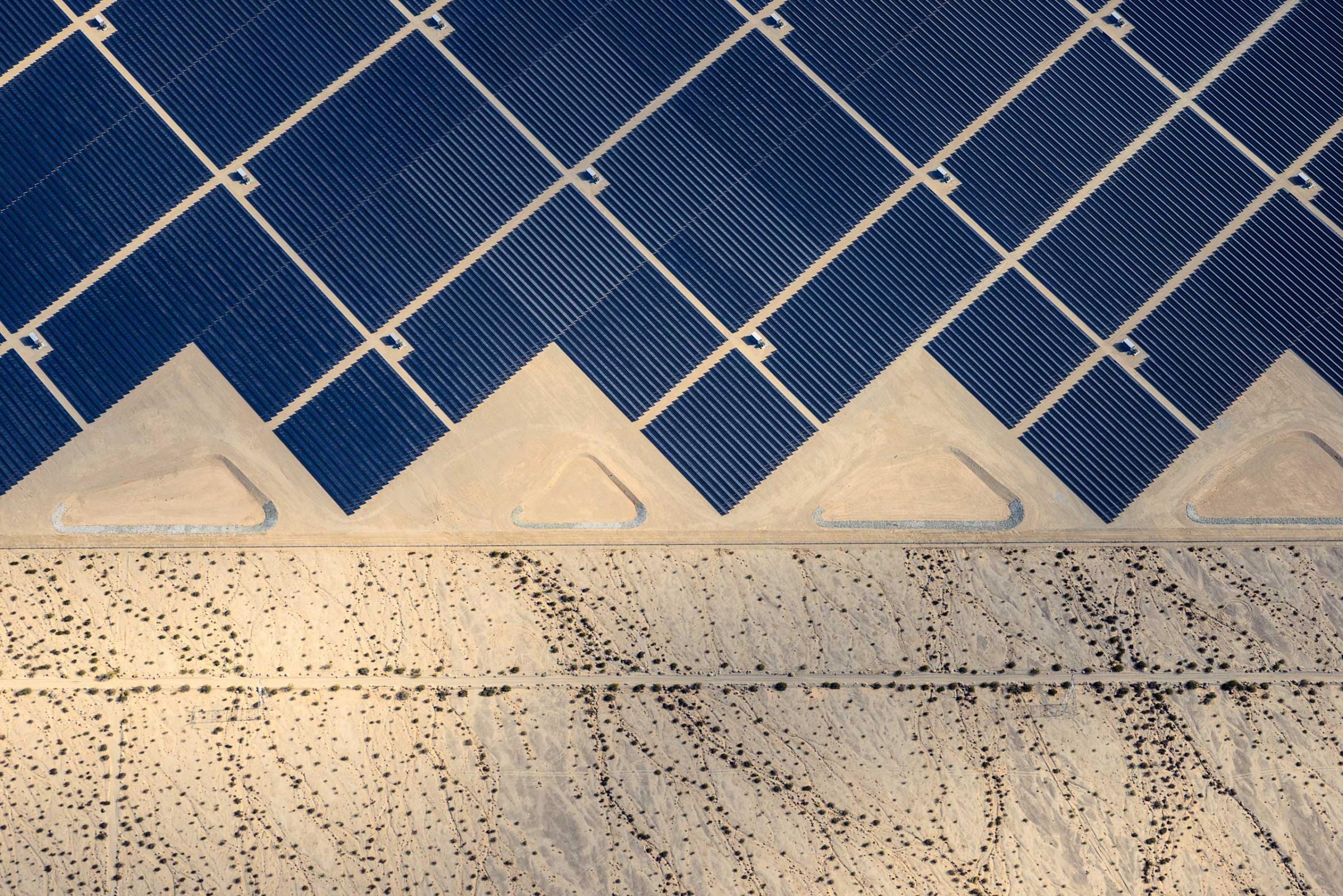
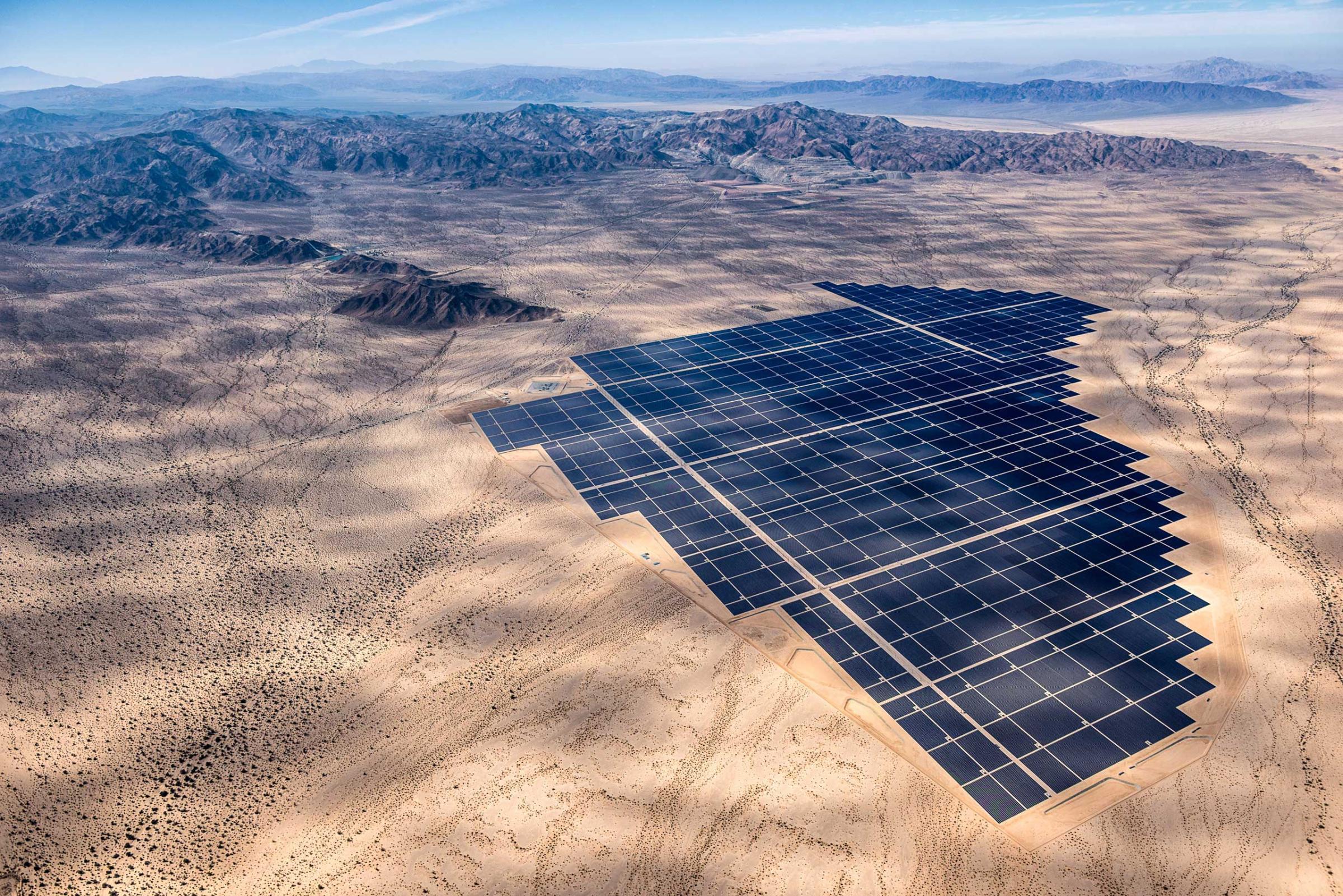
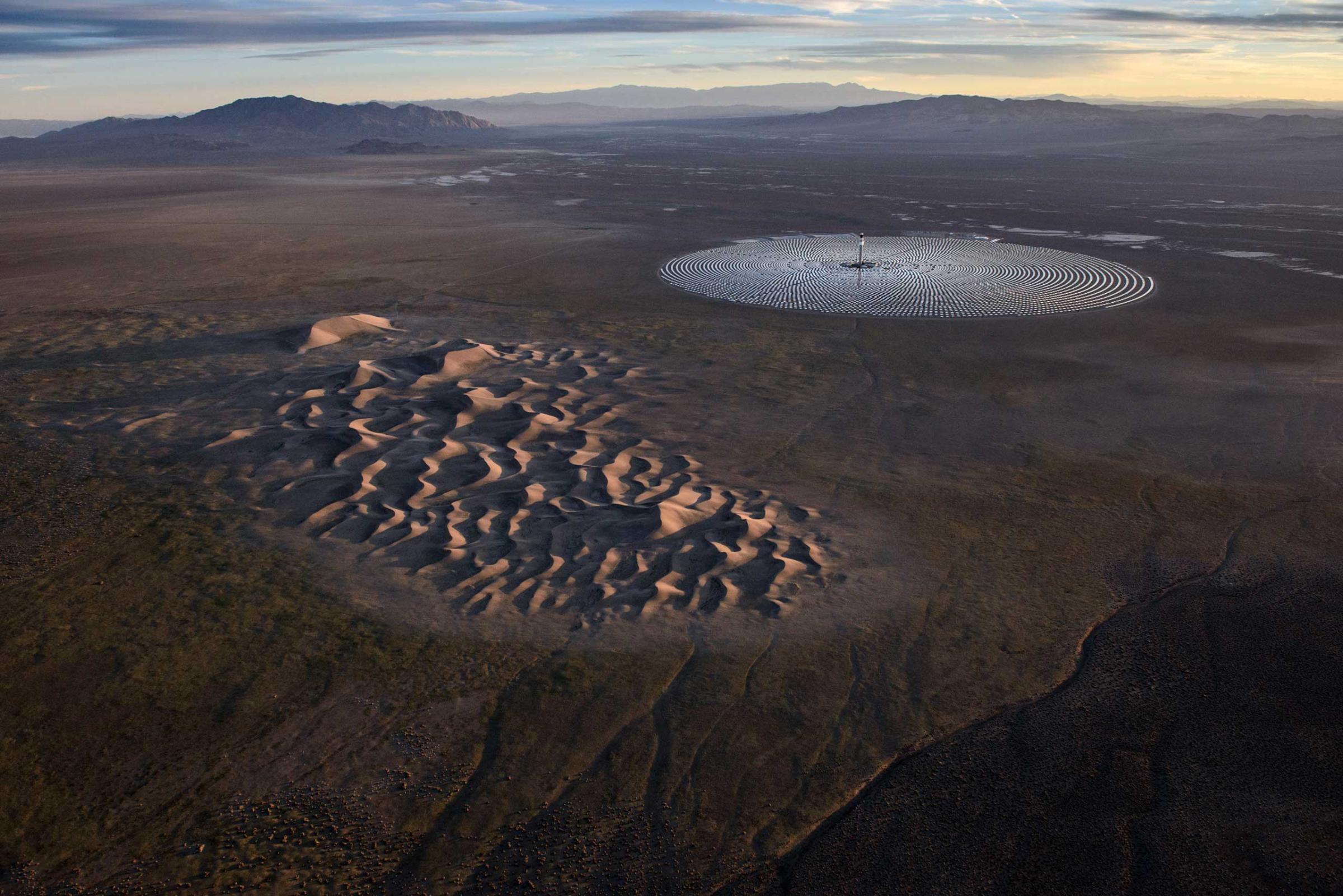
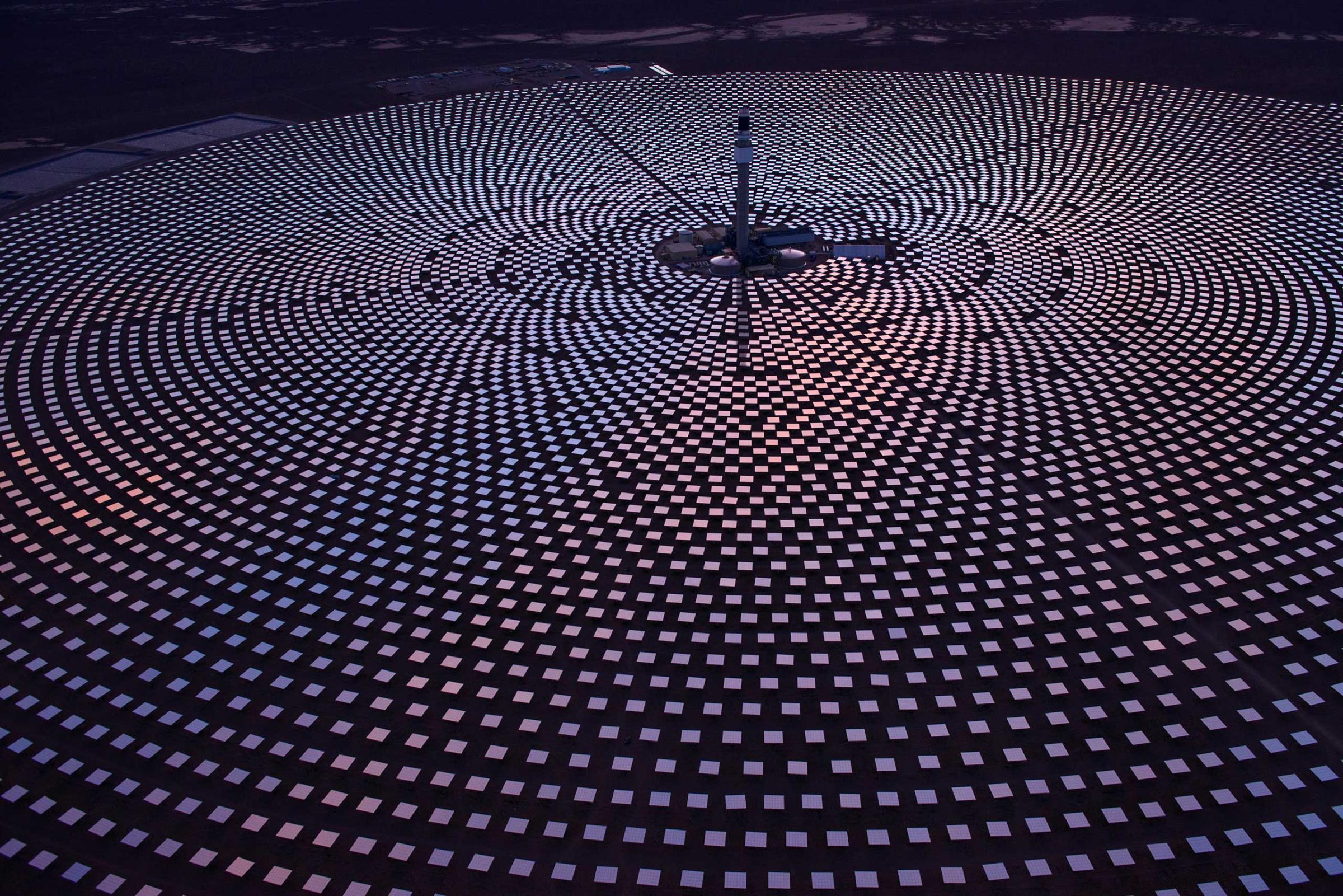
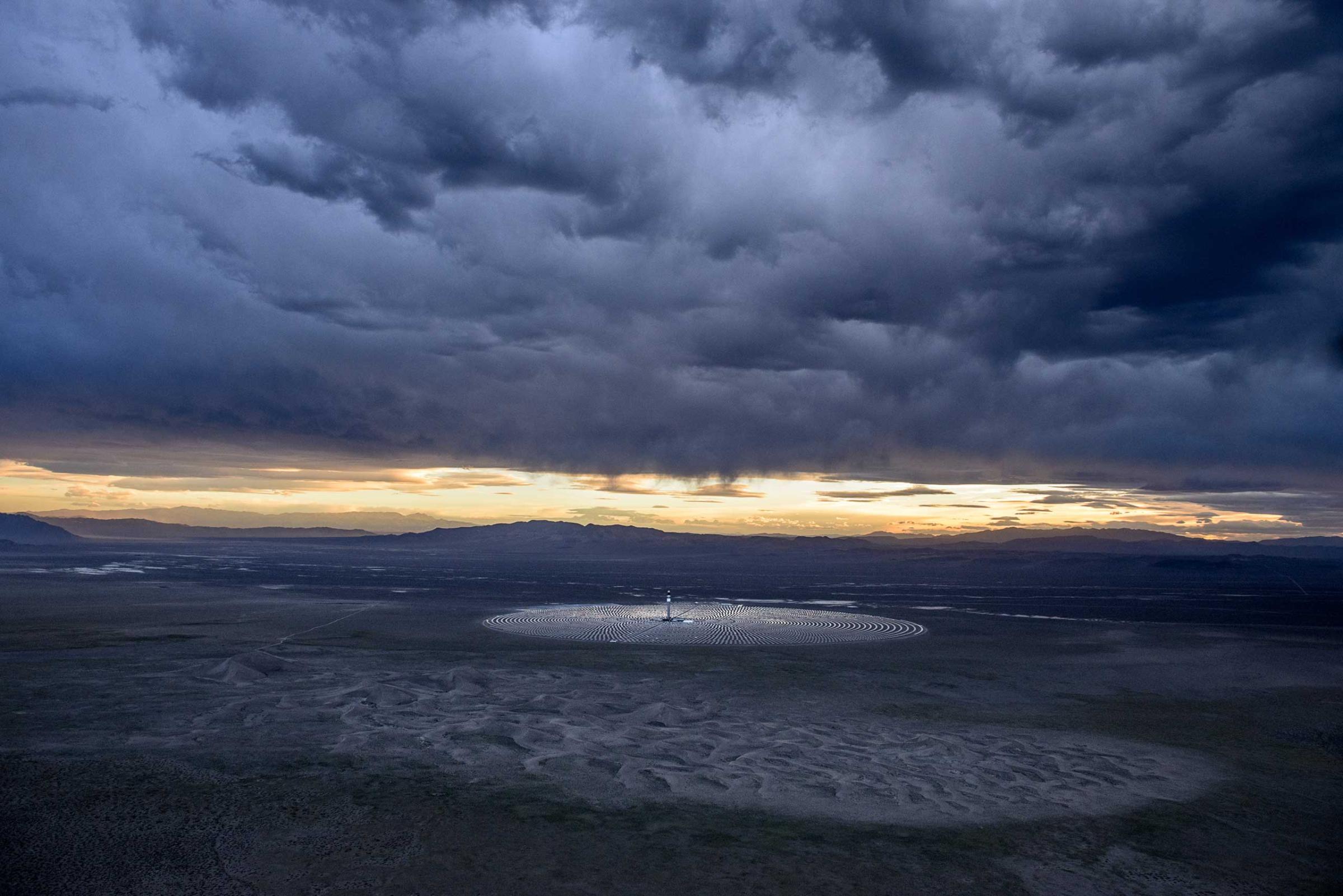
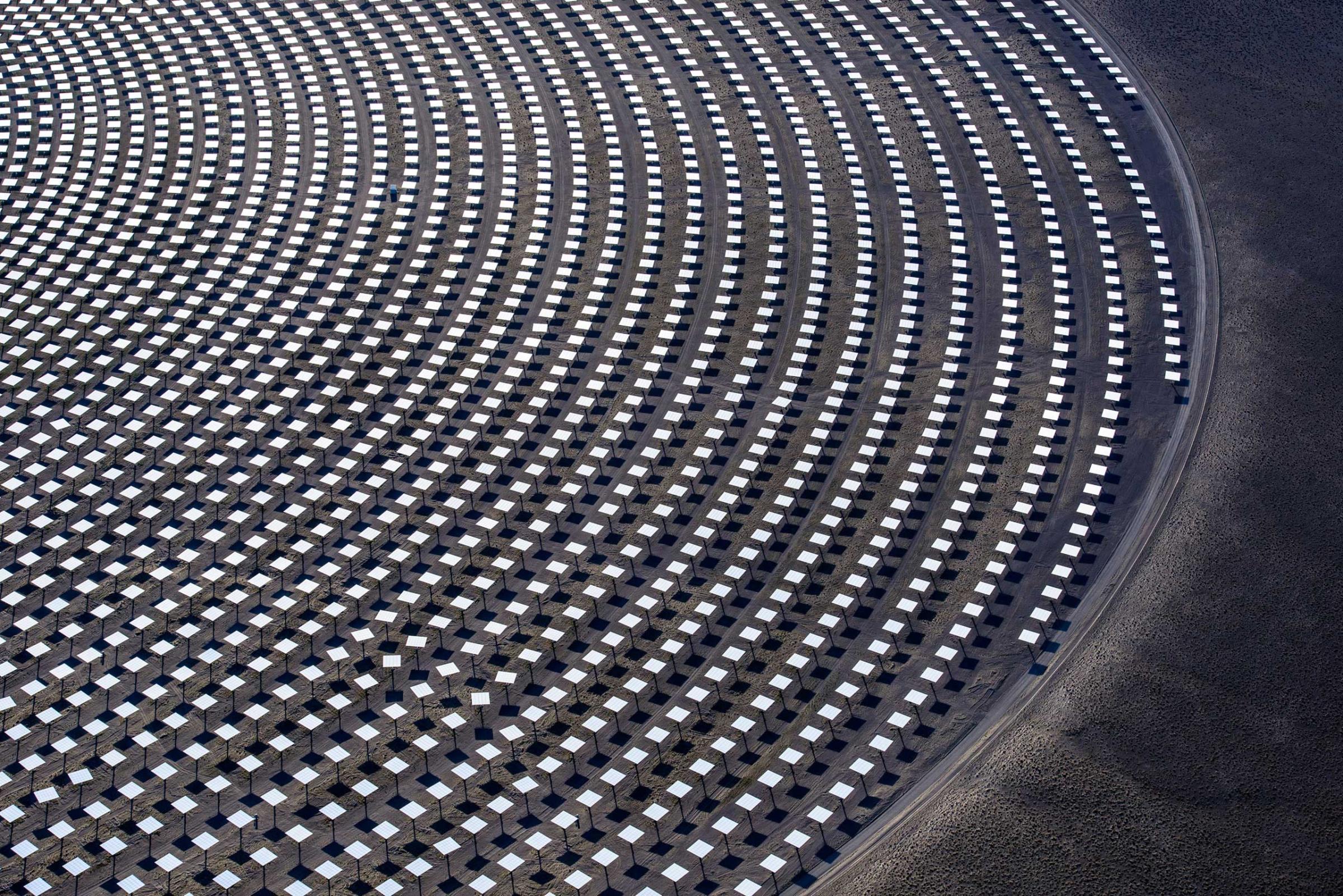
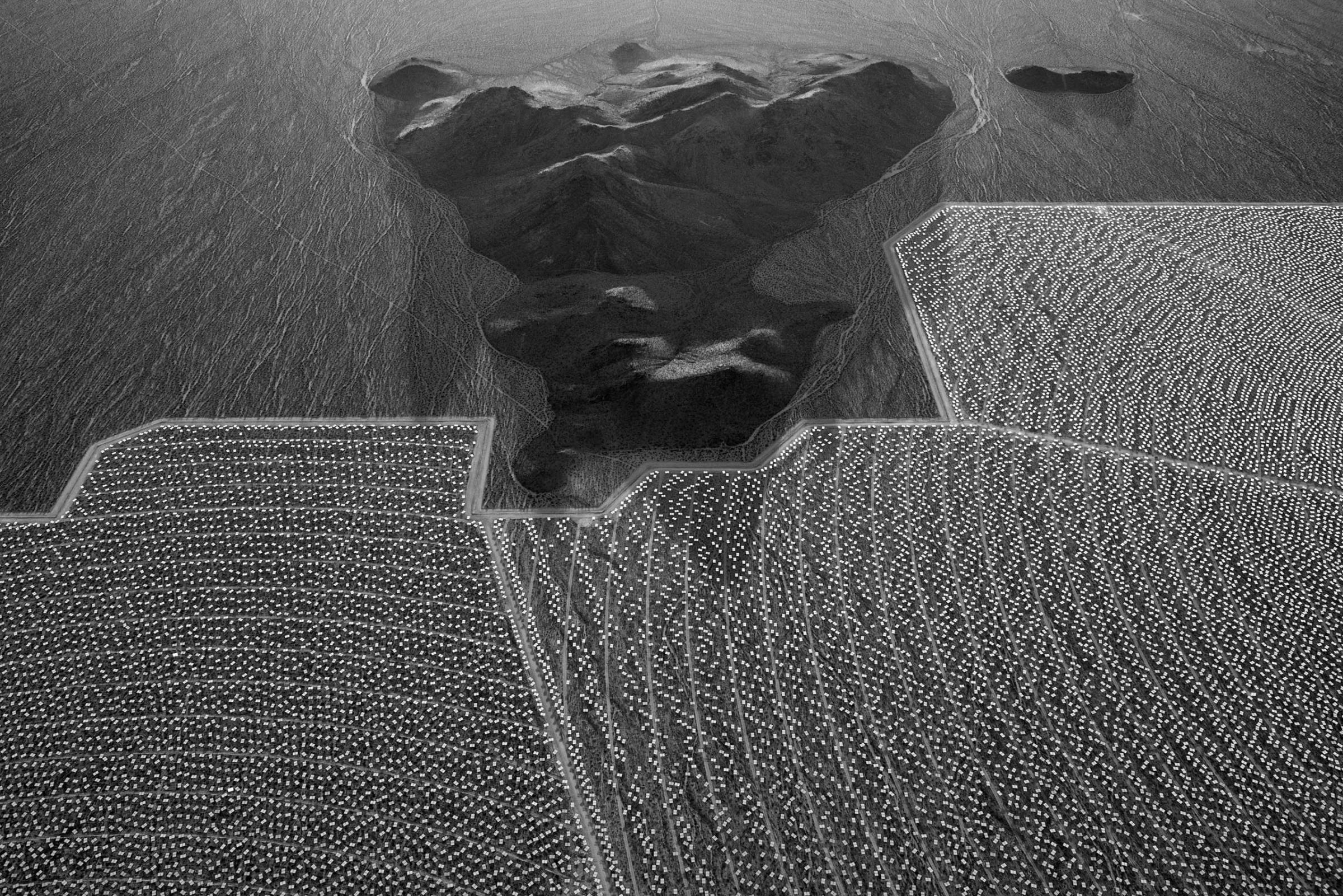
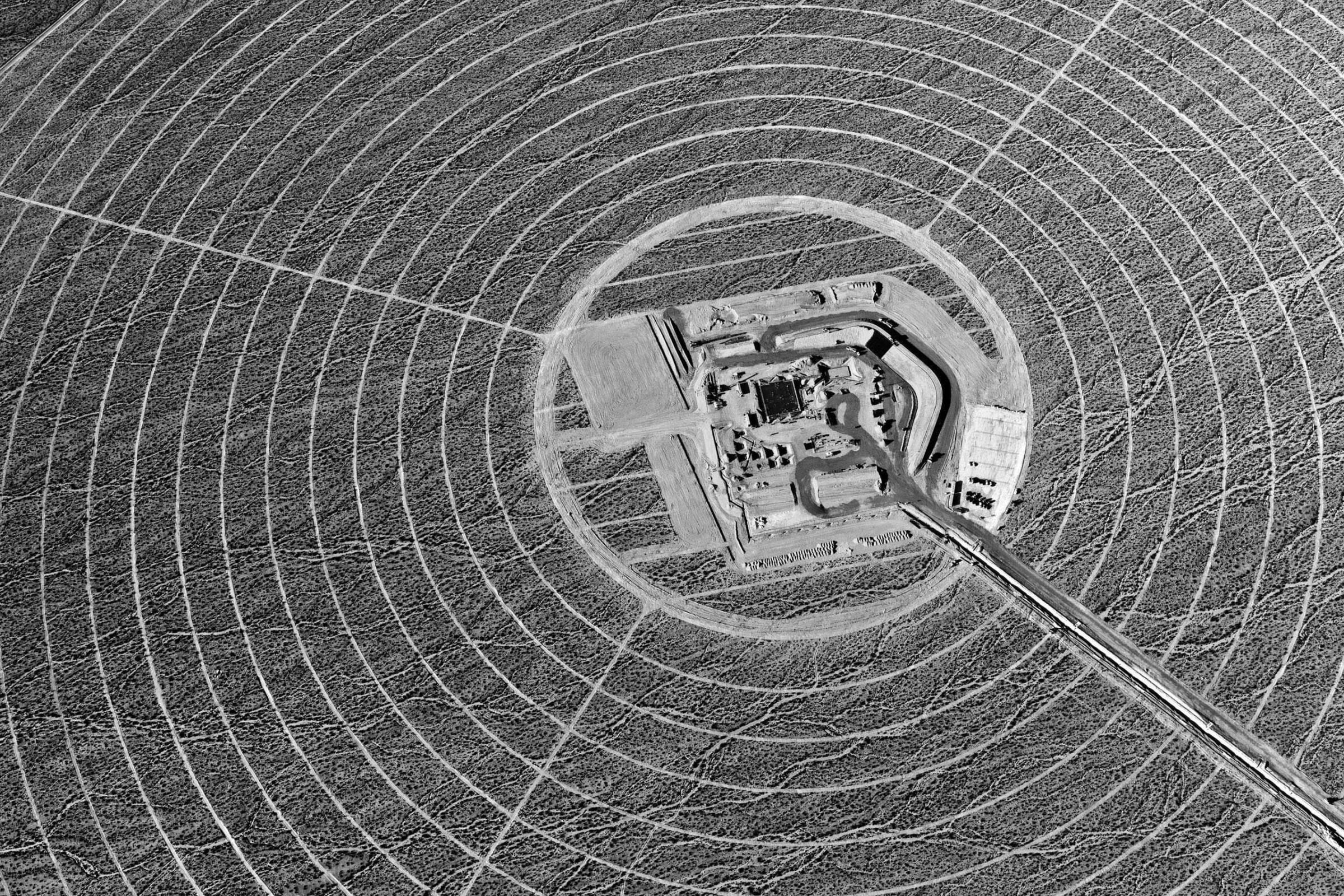
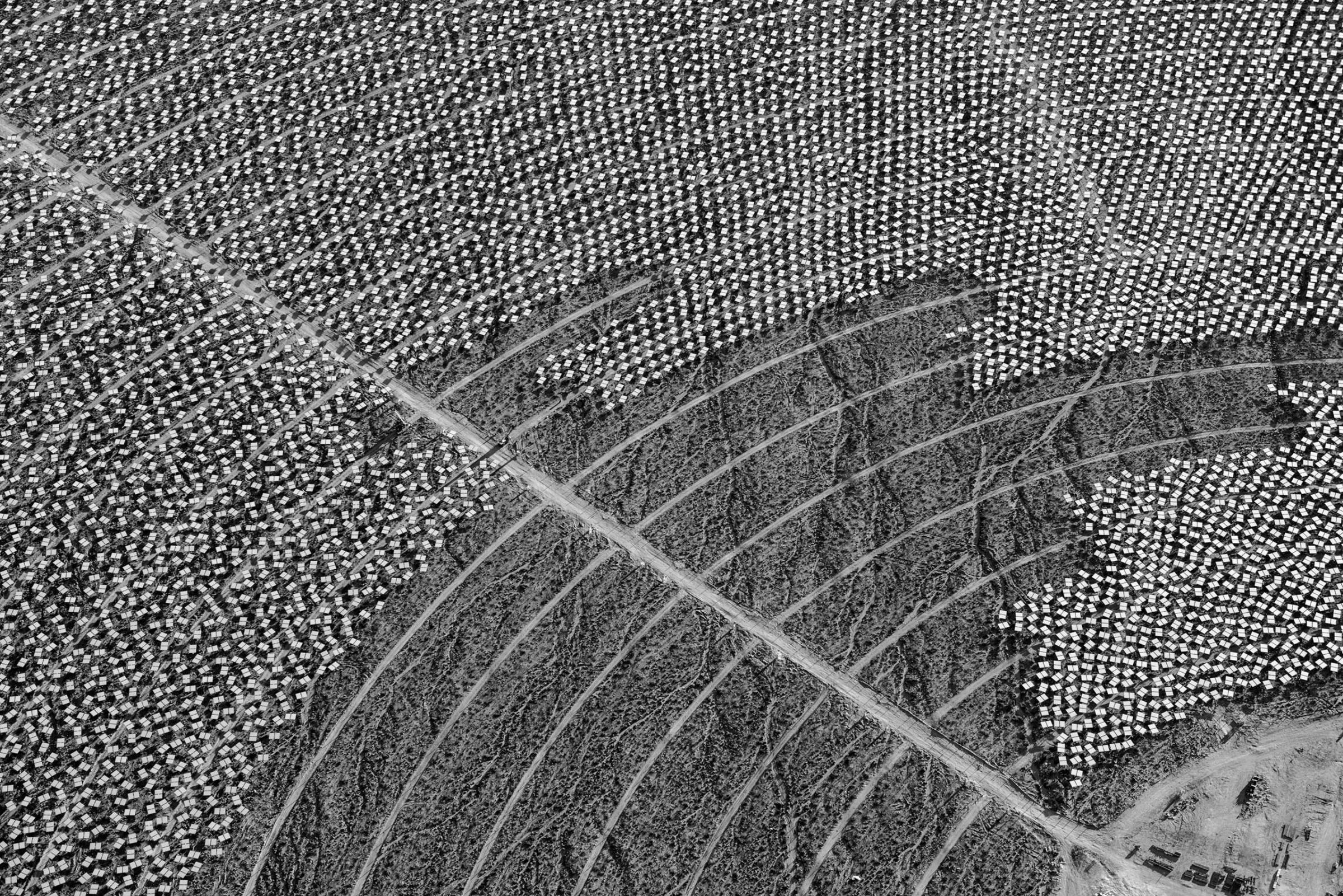
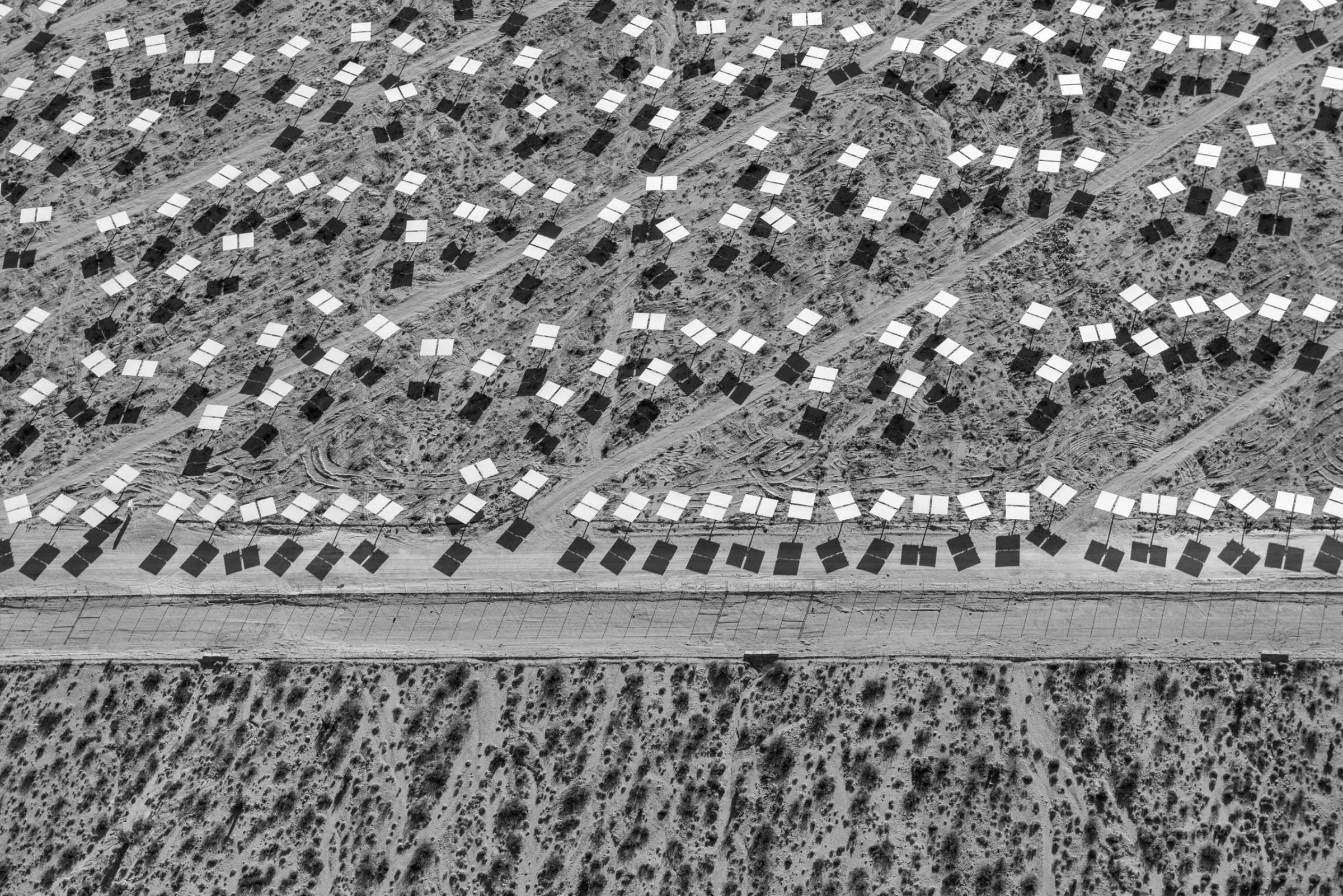
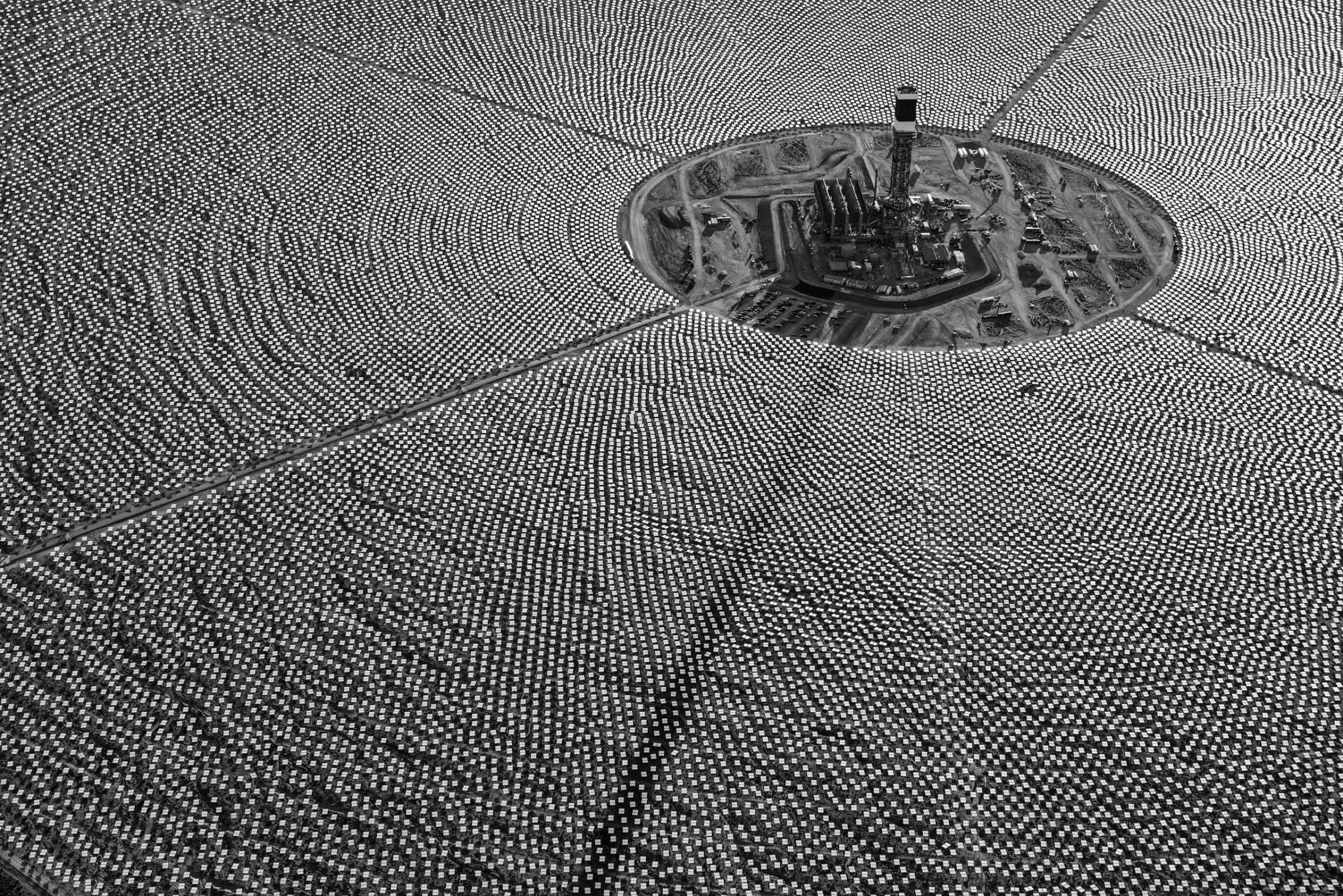
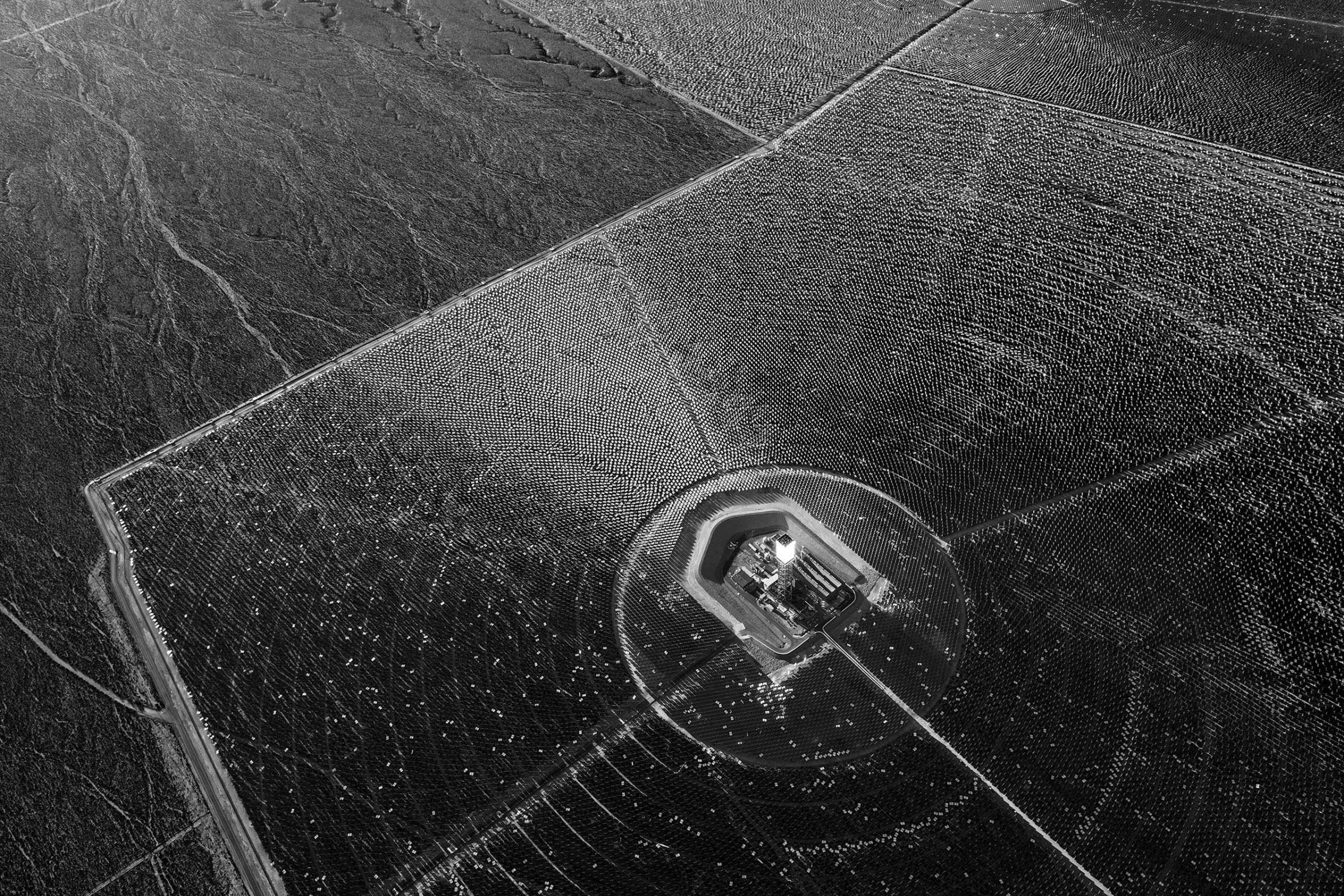
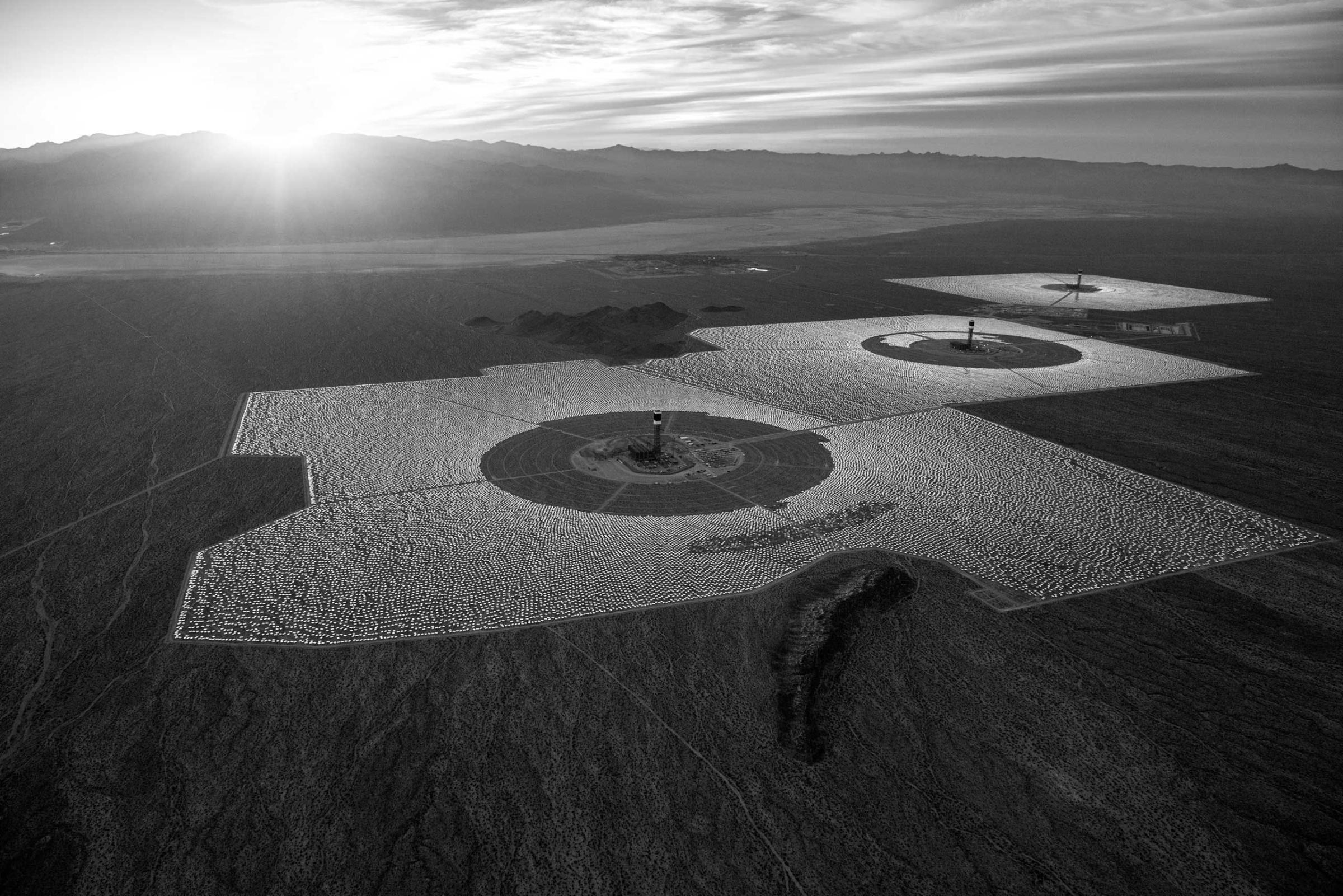
More Must-Reads from TIME
- How Donald Trump Won
- The Best Inventions of 2024
- Why Sleep Is the Key to Living Longer
- Robert Zemeckis Just Wants to Move You
- How to Break 8 Toxic Communication Habits
- Nicola Coughlan Bet on Herself—And Won
- Why Vinegar Is So Good for You
- Meet TIME's Newest Class of Next Generation Leaders
Contact us at letters@time.com